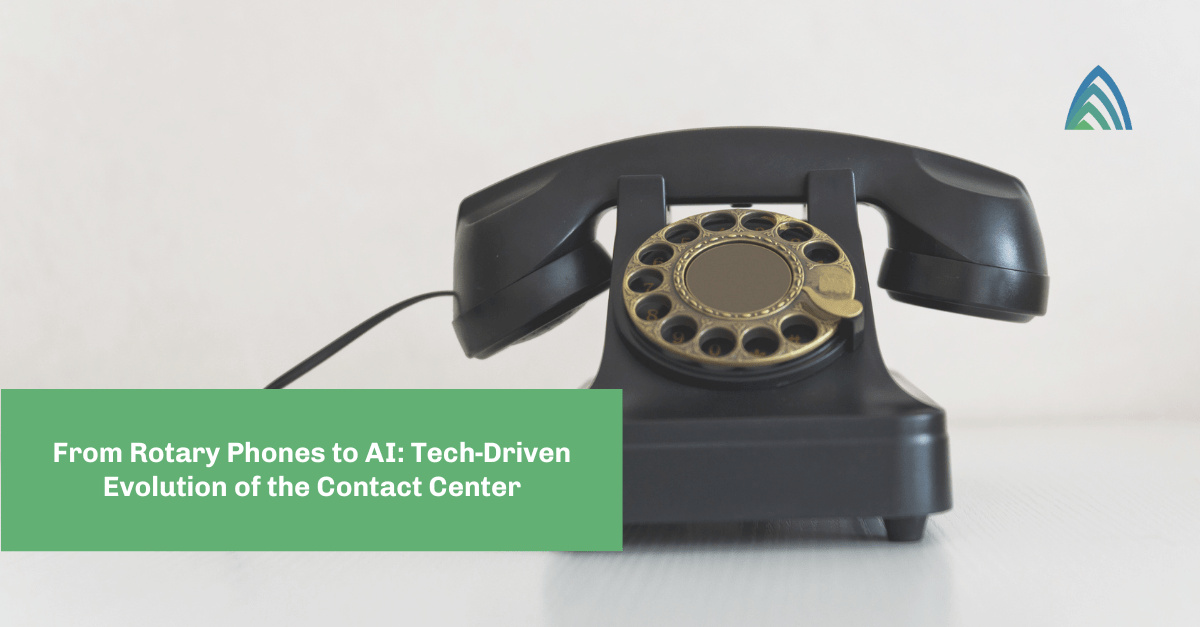The business world is experiencing a seismic shift as generative AI redefines the way we work. This powerful technology, capable of producing human-quality text, code, images, and more, is transforming industries across the board.
At the forefront of this revolution stands Snowflake, a leader in data warehousing. Snowflake is now unveiling groundbreaking functionality geared toward the creation and utilization of generative AI models: Snowflake Arctic, a new LLM, and Snowflake Cortex, which provides a simple interface to a variety of AI-based capabilities, both generative and predictive. These new capabilities promise to streamline development processes and unlock a vast array of innovative business applications powered by the remarkable potential of generative AI.
Whether your goal is to leverage LLMs in an easy-to-implement framework or leverage Snowflake as a tool to support custom LLM development, Snowflake provides options across the spectrum of complexity.
What is Snowflake Cortex?
Snowflake Cortex represents a major step for Snowflake in making AI-based tools more available to organizations. Cortex breaks down into two main functionalities: LLM functions that leverage generative AI, and ML functions that perform predictive analysis using machine learning and statistics. Within those two broad functions, there are models for different use cases.
Cortex’s LLM functionalities include tools for answer extraction, sentiment detection, text summarization, and translation. Snowflake also built native LLM experiences within Snowflake through Cortex. These include Copilot functionality, which utilizes Snowflake’s Text2SQL model that takes user natural language input and returns SQL statements.
Copilot is housed at the bottom of a user’s screen when writing SQL worksheets. Note, however, that Copilot only has the context set by the worksheet, meaning the SCHEMA that the worksheet is set at is all that Cortex can understand for the context of joining and querying tables.
Thus, for data engineers who are already familiar with the data, tools like Text2SQL are highly valuable in speeding up activities like querying tables, writing code, and developing functionality in Snowflake. It’s also possible to utilize the Text2SQL function programmatically, opening up a world of potential custom implementations using the tools, particularly when used with clever prompt engineering.
Two other LLM experiences within Snowflake through Cortex are Universal Search and Document AI. Universal Search is a search engine that allows a user to search their own account for database objects, but also allows a user to search for data products on the Marketplace.
Document AI takes files such as .pdf, .word, .txt, and screenshots as input and allows users to directly query from these documents. The answers to these questions can also be saved to tables for easy scraping of data from documents. Document AI has a number of potentially interesting use cases, but for many organizations, it represents a tool that could streamline the data preprocessing and collection phases for companies.
Snowflake Arctic: An open, transparent enterprise LLM
Snowflake Arctic is a Large Language Model (LLM), much like OpenAI’s GPT-4, Google’s Gemini, or Meta’s Llama3. It boasts some pretty impressive abilities to support enterprise-level tasks, from SQL generation to code creation to reasoning that can compete with state-of-the-art LLMs.
As one might expect from a database-oriented company like Snowflake, Arctic is optimized to support SQL and database use cases, but is also well-suited to handle more general tasks across a variety of use cases.
As a competitor of many of the other major LLMs, such as Llama3, GPT4, or Mistral, Arctic holds its own from a performance standpoint, and with a much smaller amount of compute necessary to train (in some cases, anywhere from 2-17 times less compute budget). It’s also more purpose-built for enterprise use cases like SQL Generation and Coding. While every LLM is different with various pros and cons, Arctic seems to be perfectly built to support many of the use cases it would be set up to support in Snowflake.
Snowflake’s new CEO, Sridhar Ramaswamy, recently stated that “we think that the world will benefit from more transparency. It will result in better models [and] more people knowing how to build these models.” Arctic represents a commitment to that ideal — it is an open-source LLM that provides more transparency than many of the leading LLMs.
Snowflake’s commitment to transparency includes the availability of much of the underlying description of data recipes, components, weights, code, parameters, and foundational model components used to create Arctic, allowing others to essentially collaborate and build their own versions of the models. Arctic is available in Snowflake Cortex and can also be accessed on HuggingFace, Azure, and AWS.
GenAI: Key things to think about
Data security. Generative AI tools offer a lot of opportunity to drive enhancements and efficiencies, but it is important to understand what each generative model is doing with your data. Snowflake provides various tools for maintaining data security and integrity, including hosting internal LLM services like Arctic and LLama2, as well as providing container services for hosting internal LLMs.
Strengths and weaknesses. It is also worth knowing what different LLMs’ strengths and weaknesses are. For example, Google Gemini was the first big LLM to utilize the web in its data. So for instance, if your use case was to do something like generating summaries on today’s top 500 companies, a model like Gemini will outperform one that doesn’t utilize the internet and is trained on old data. By contrast, Arctic is purpose built for tackling enterprise operations in Snowflake, like optimizing SQL queries and writing code.
Prompt engineering. No matter the tool, a good generative AI model can only take you so far. As a user, you need to understand the best practices for prompt engineering in order to effectively utilize the model. As the old adage says: if you want a good answer, start first by asking a good question. Each model responds to prompts differently, which is important to understand prior to starting the prompt engineering process.
For instance, many users who may already be leveraging AI technology in Snowflake have likely built out prompts and functionality specifically for Snowflake’s integration with Llama3. It’s very likely that prompts built and tuned for Llama2 may provide very different outputs when used with Arctic, so organizations need to be strategic when leveraging different LLMs across different use cases.
Performance and accuracy. Lastly, organizations need to be tactical about how they leverage GenAI functionality to build tools for end users. AI models of all kinds can produce incorrect or irrelevant responses, and while they provide sophisticated functionality, they ought to augment existing skillsets. End users, both technical and non-technical, need to be trained on how to spot incorrect responses — and knowledgeable enough to understand that inaccuracies could happen — to best leverage these types of tools.
For instance, while a data engineer may be able to use Text2SQL or Copilot to more efficiently generate queries in their Snowflake Database, they still need to be able to spot when things go wrong. In an increasingly AI-centric world, AI literacy is a critical skill.
Work with an experienced Snowflake and GenAI partner
Innovation is occurring rapidly in the Generative AI and LLM space, and it’s encouraging to see tools like Snowflake continue to enhance their offerings for building, deploying, and maintaining LLM-based functionality. Snowflake’s commitment to a more open-sourced way of developing new technologies stands in stark contrast to many of the large GenAI providers today.
Curious about how Generative AI can help your company, or how your organization can take advantage of Snowflake’s growing list of AI tools? We can help. Contact Atrium today to set up or a GenAI briefing, or visit our Snowflake consulting services page to learn more.








